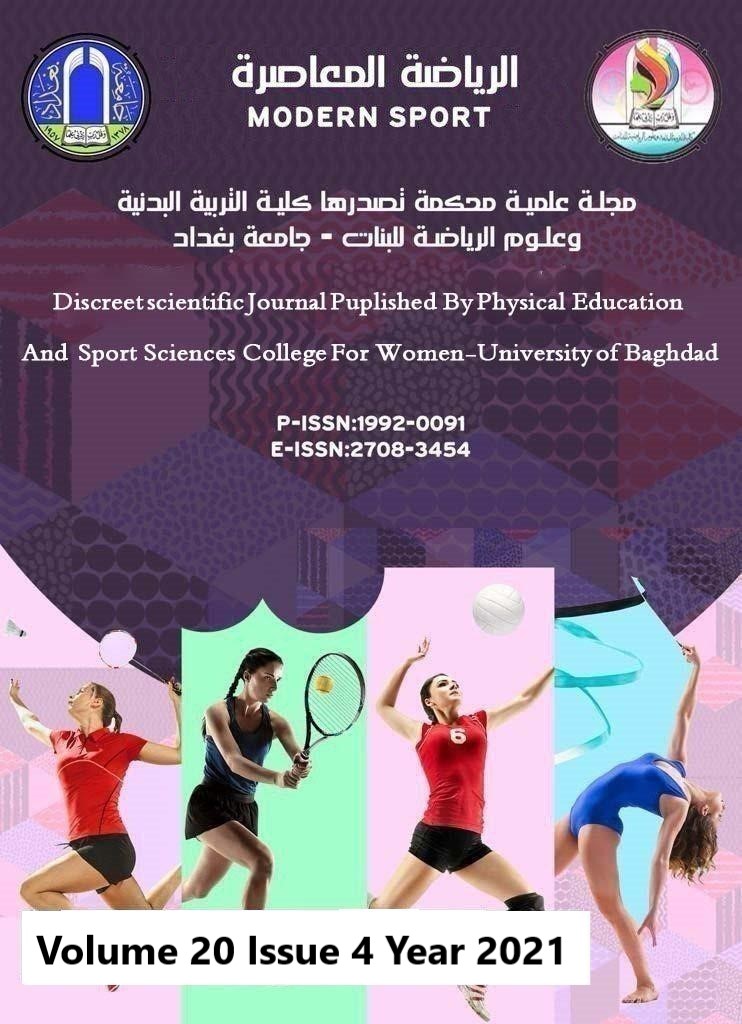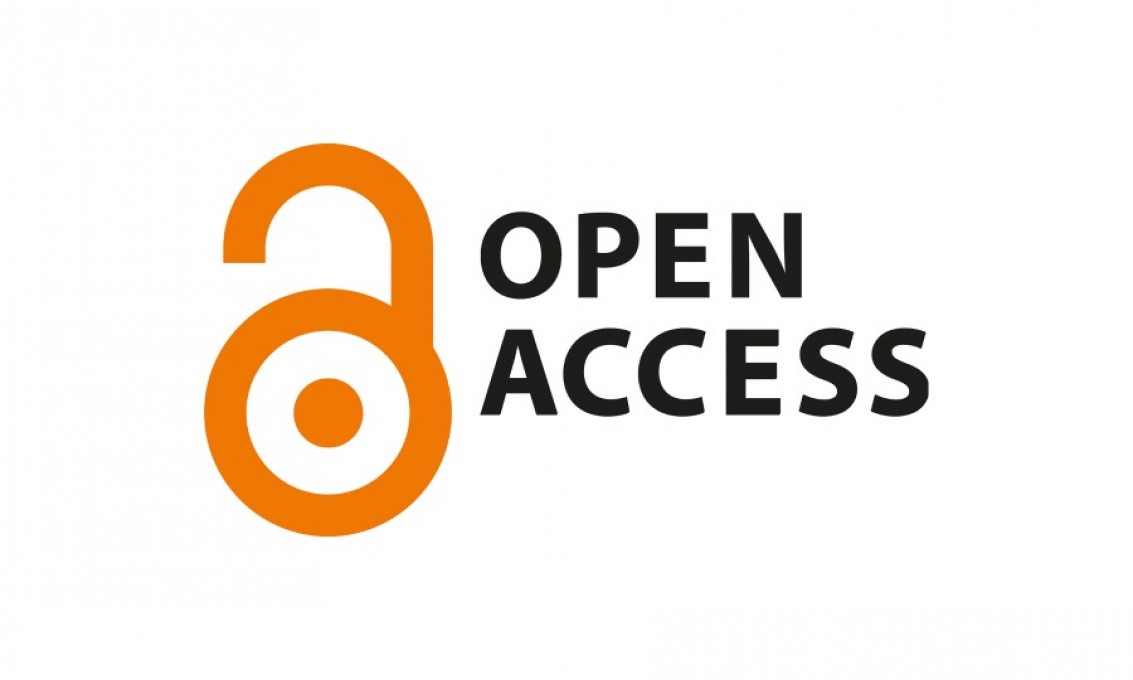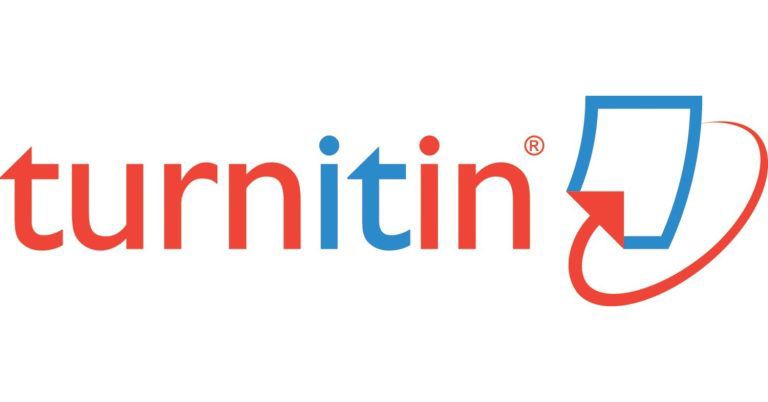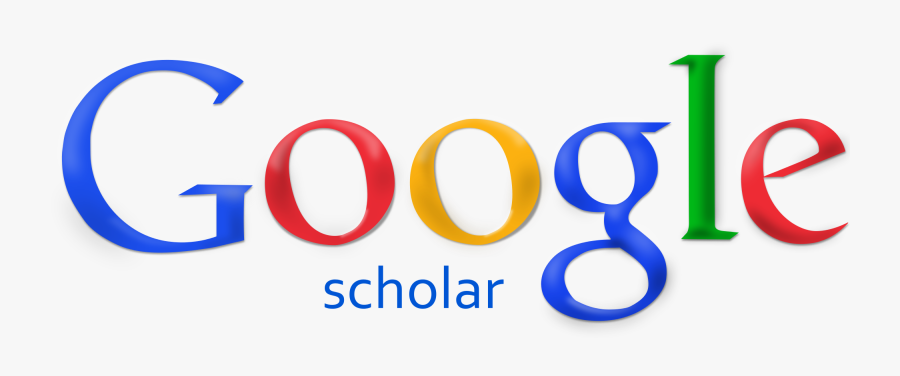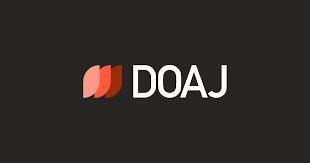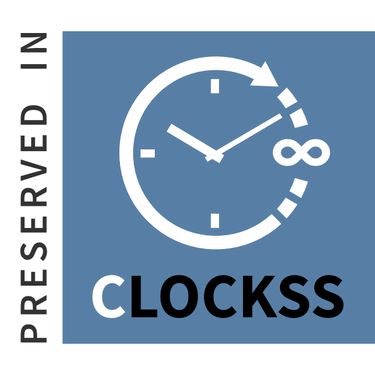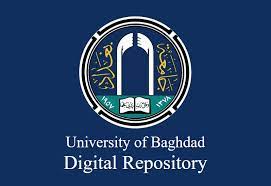An analytical study of the reality of blended learning for practical lessons in volleyball in colleges and departments of physical education and sports sciences in baghdad
DOI:
https://doi.org/10.54702/msj.2021.20.4.0021Keywords:
blended learning, practical lessons, volleyballAbstract
The aim of the research is to prepare a questionnaire about the reality of blended learning for practical lessons in volleyball in colleges and departments of physical education and sports sciences in baghdad and to identify the strengths and weaknesses of the blended learning in this type of blended learning in baghdad from the point of view of the faculty members and the descriptive approach was adopted in a case study style on a sample of (61) faculty members who teach volleyball in blended learning in the faculties and departments of physical education and sports sciences for baghdad ALMustansiriya and AL-Iraqiya universities who are on duty for the academic year (2020/2021) all of them were deliberately selected for the total research sample with a percentage of (100%) and then they were divided into three samples according to the requirements of the research and processing the results using the (spss) system to be the conclusions and applications in that the blended learning techniques achieve the educational goals for learning volleyball skills but they do not achieve the interaction required by the teaching process between the learner and the teacher and the learners benefit from the continued survival of the videos teaching volleyball in the international information network and from the attached theoretical file of their recorded lectures teaching volleyball on the platforms E-learning is part of blended learning but they need to feel satisfied when they are taught by blended learning and blended learning saves teachers a lot of time by reducing the explanation to the practical attendance lessons for teaching volleyball but they are not satisfied with the evaluation because they believe that it is unfair in blended learning and they do not support continuing blended learning when teaching volleyball in the future and it is necessary that the parties that called for blended learning provide all the technical requirements and what this type of learning needs and it is necessary to spread a culture of blended learning productivity in normal and emergency conditions and improve the capabilities of teachers in practical lessons when applied it is necessary to create highly efficient committees to enable blended learning and its effectiveness for both the teacher and the learner in teaching practical lessons in the faculties and departments of physical education and sports sciences
References
Hassan Al-Bai’aa Muhammad Abd Al-Ati and al-Sayyid Abd al-Mawla Abu Khatwa; )2009( ,Digital e-learning (theory, design, production): Alexandria, AL-Jamiyaa Al-Jadeeda for Publishing, , p. 5.
Hamza Al-Jabali, E-Learning: ( 2012),An Introduction to the Computerization of Education: Riyadh, Al-Khwarizm Scientific press for Printing and Publishing, p. 25.
Khidr Misbah;(2008),E-learning from a commercial, technical and administrative perspective: Amman, Hamed for Publishing and Distribution, p. 29.
Sahar Mahmoud Abdulfattah Sammour;( 2011),The effect of employing virtual classes in acquiring the concepts of Islamic jurisprudence among intermediate diploma students and their attitudes towards them: Master's Thesis, The Islamic University of Gaza - College of Education, p. 17.
Atef Abu Hamid Al Sharman; (2013),Contemporary educational technology and curriculum development: Amman, Wael for Publishing, pg. 182-186.
Abdulrahman Abdullah al-Shehri;( 2009),The extent to which Islamic education teachers use computers in teaching jurisprudence in scientific institutes: a master’s thesis, Umm Al-Qura University - College of Education,.
Abdulkarim Ali Al Yamani;( 2009),Learning and Teaching Strategies: Amman, Zamzam Publishers and Distributors, pg. 292.
Fatima Mustafa Rizk; (2009), The effect of virtual classrooms on self-efficacy beliefs and teaching performance of pre-service science teachers: Al-Qira’aa wa Al-Ma’arifaa Journal, Issue (90), pg. 220.
Fahim Mustafa; The School of the Future and the Fields of E-Learning : (2005),Using the Internet in Schools, Universities and Adult Education: Cairo: Al-Fikr Al-Arabi for publishing and distribution,.
Mohammed Hammad Hindi;( 2010), Active learning is an ancient and modern educational interest: Cairo, Al-Nahda Al-Arabiya for Publishing and Distribution, pg. 42.
Mohamed Mahmoud Zain El-Din; E-Learning Competencies: Jeddah, Khwarizm Scientific publisher, 2007.
Mamdouh Abduladhim Al-Sadiq;( 2004),The effectiveness of using contemporary trends in science teaching on developing teachers’ competencies and students’ achievement in basic education: Journal of Scientific Education, Egyptian Association for Scientific Education, Issue (4), Volume (7),.
Mahdi Hussein Al-Tamimi, Teaching Skills: (2007),A Study of Teaching Thought and Performance: Amman, Kunouz Al-Maarifa for Publishing and Distribution, pg. 21.
Mervat Ali Khafaga and Fatima Awadh;(2002), Foundations and Principles of Scientific Research: Alexandria, Al-Esha’aa Technical Library and Presspg. 96
Dziuban , Charles D. &others: , (2004)Bleanded Learning ,EDUCASE Center for Applied Research, Reseach Bulletin ,Vol.2004, Issue7, March30.
Kanuka, Heather & Liam Rourke: (2013)Using blended learning strategies to address teaching development needs: How does Canada compare?, Canadian Journal of Higher Education Revue canadienne d’enseignement supérieur Volume 43, No. 3, pages 19 - 35 CSSHE SCÉES .
Watson, John: (2008),Blended Learning: The Convergence of Online and Face-to-Face Education, iNACOL Promising Practices in Online Learning. http://files.eric.ed.gov/fulltext/ED509636.pdf
Downloads
Published
Issue
Section
License
Copyright (c) 2021 Modern Sport Journal

This work is licensed under a Creative Commons Attribution 4.0 International License.
